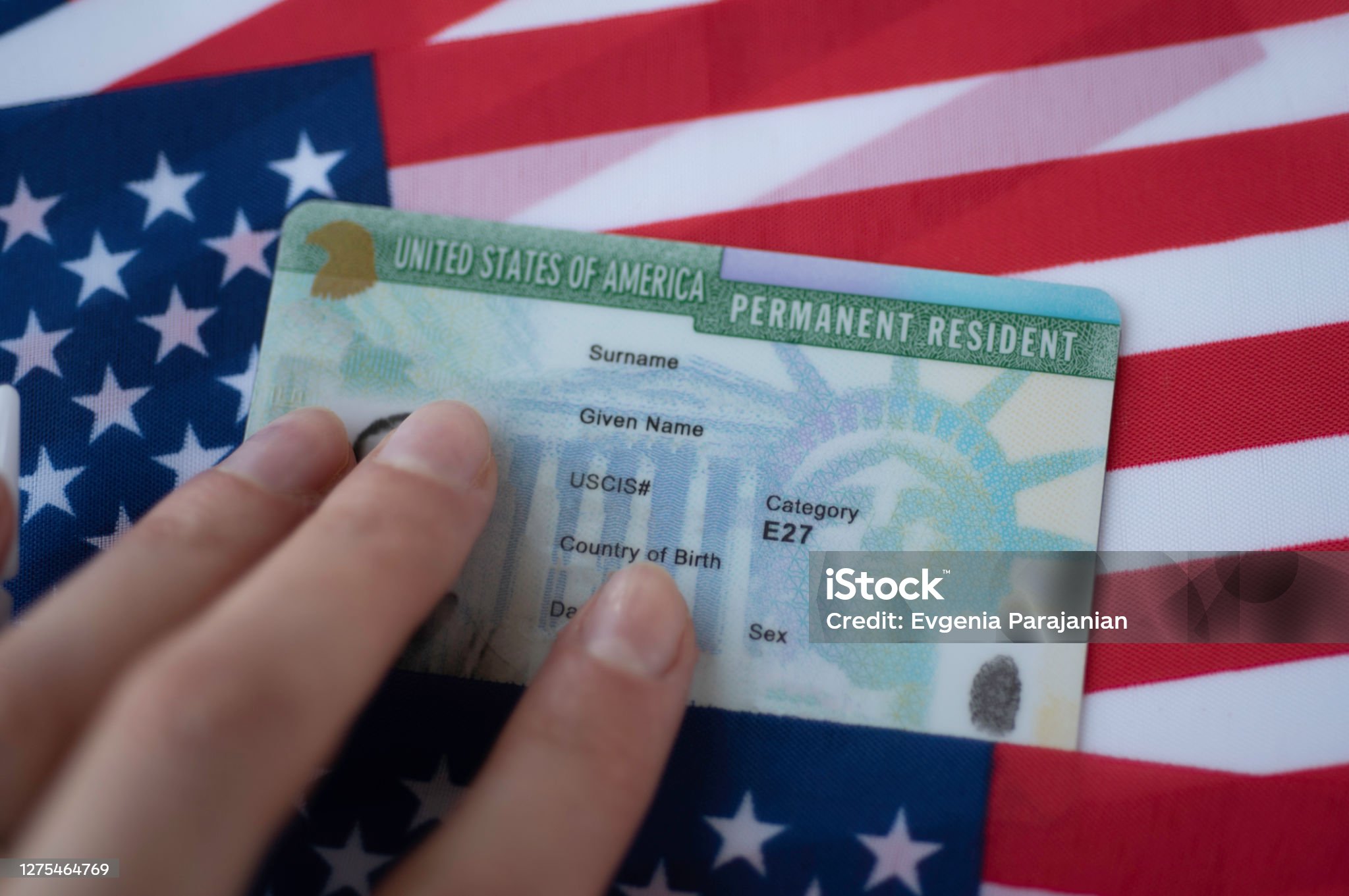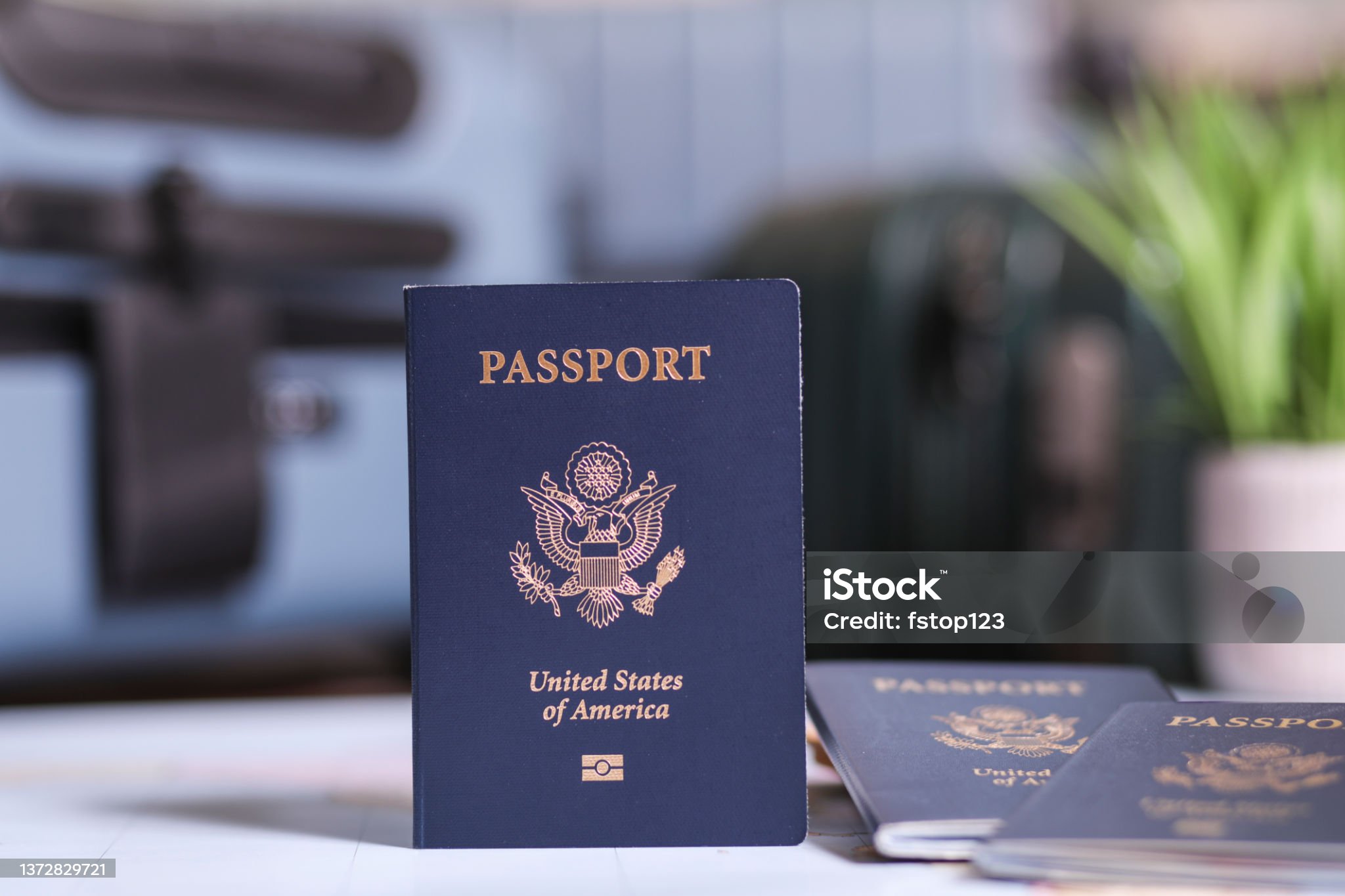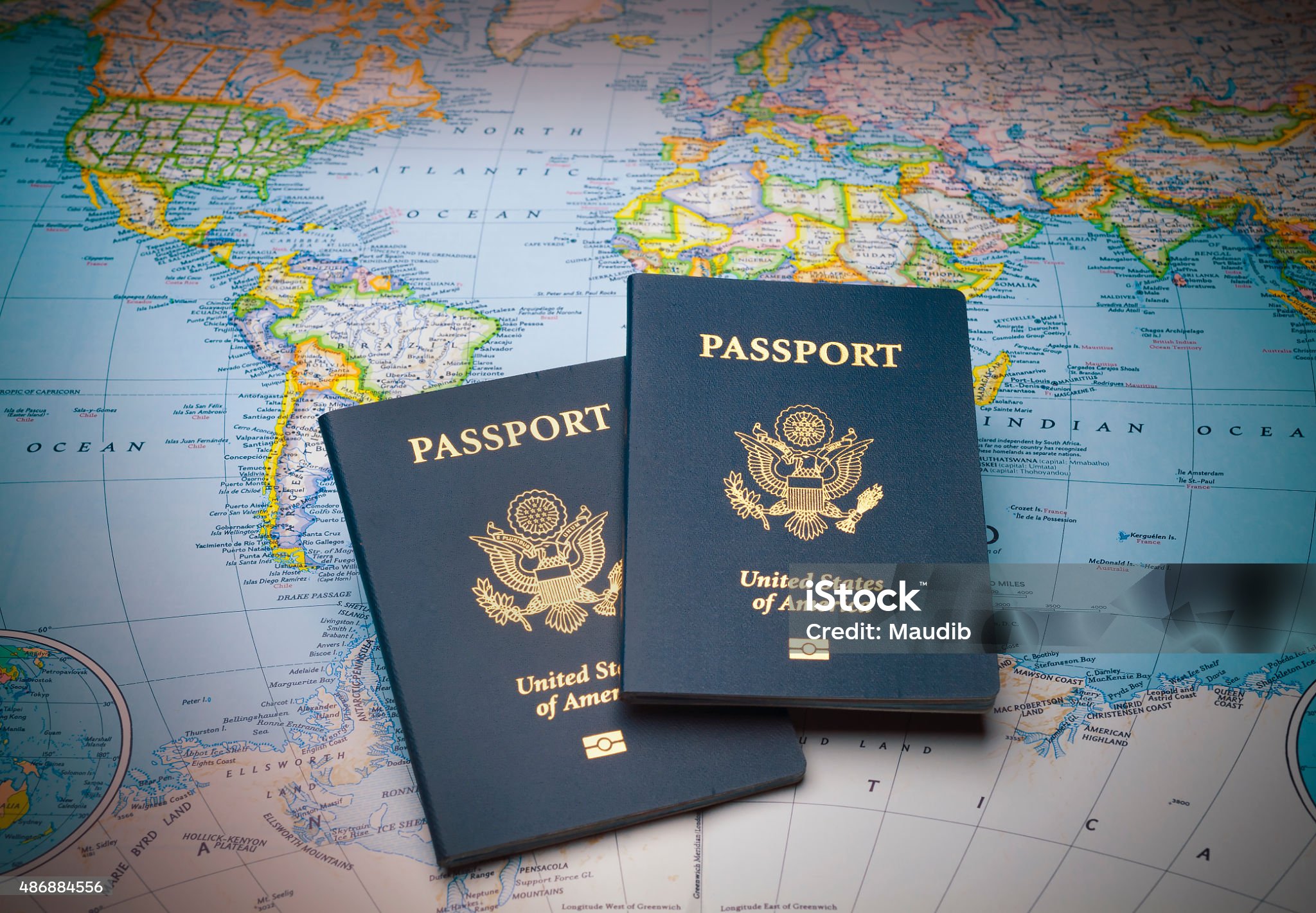Advancements in Secure ID Technology and Identity Protection for Personal Security
Advancements in Secure ID Technology and Identity Protection for Personal Security
Blog Article

1. Introduction to Identification Documents
Identification documents have significant personal and societal impacts. They act as "permissions" and "access passes," allowing society to operate seamlessly when they are widely accessible and recognized. There are different kinds of identification documents, each serving a specific purpose. For example, a copyright is considered valid proof of the right to operate a car, and a copyright proves citizenship and allows entry into the country. These documents are highly valuable on a personal level and are key to completing various contracts, for example, to get a job, to access services, to buy insurance, or to rent a car. Many times, financial institutions might request to review these documents if the borrower appears unreliable or does not have a very strong credit history. Such identification acts both as an identification method and as legal clearance for various functions.
Identification documents weren't always as integral to daily life as they are in modern times. The importance of these documents has expanded in response to evolving legal standards and security needs. Technological advancements enable organizations to develop advanced secure systems that outpace public ID technology. Numerous nations are transitioning to biometric-based standards for national IDs. Some already use electronic exit technology.
Personal identification documents represent an individual's legal confirmation of identity. The "real identification" recognized documents worldwide include passports, copyright, copyright, and driver's licenses, at both global and national scales. Many people store their identification documents securely under lock and key and ensure quick access to them when required.
In this discussion, we delve into the legitimacy and importance of documents such as the IDP, Real ID, copyright, copyright, copyright, and resident permits, aiming to enhance public awareness of their necessity. Both educators and the public ought to be aware of these key identification papers, as this information could prove valuable in safeguarding or recovering lost documents. The content here is designed to inform both national and international readers about the most critical documents they need for personal understanding and practical use.
2. Legal Structures and Rules Overseeing Identification Documents
The governance of identification documents depends on jurisdiction-specific laws and rules. Documents are issued directly to individuals by an issuing authority and under specific guidelines and rules intended to keep the integrity and accuracy of the document. These documents can be mandatory for certain situations while serving as optional verification in others. It is the responsibility of the individual to follow the rules of the jurisdiction that governs the use of the document. In conclusion, individuals must comprehend the legal rules that pertain to their intended use of identification documents within any jurisdiction where they expect to act. For the most part, state or local government agencies are responsible for issuing, regulating, and limiting specific documents for designated transactions.
However, jurisdictional identification requirements can sometimes create conflicts for those traveling or doing business internationally. It is, therefore, a global concern when people feel wholly alienated when they travel from one country to another and do not comprehend the rules and regulations regarding identification documents. It would be impossible to list all of the rules for each country here, but it is important to know, today and in the future, with nearly 200 countries bordering this globe and some 7 billion inhabitants who are traveling, trading, and doing business with each other. Failure to follow these rules may result in legal conflicts in foreign countries, where international reciprocity must then be considered. Failure to comply with such rules may lead to both civil and criminal penalties for violating laws related to privacy, identity, commerce, trade, or even human rights.
Public policies and protected rights may conflict when setting security rules for travel identification documents. In some cases, human rights can come into conflict with public security measures regarding the most secure identification rules needed to combat terrorism. Finally, within the last five years, with the rise and acceptance of digital mobile driver's licenses, countries have been clarifying or drafting new laws and regulations to govern their use, which remains an evolving area. Digital identification documents for travel have been held up as the next path for moving the world travel community. Even with the world moving toward mobile driver licenses, there will still be a need for a copyright, it seems, for some time into the future. 
The standard and evolution of mobile driver licenses and digital ID are also undergoing rapid change. For example, almost two years after California passed its law defining mobile copyright requirements, stakeholders are about to agree on formal regulations for the first state-sponsored mobile copyright.
3. Comparative Study of International Driver’s License, Real ID, copyright, copyright, copyright, and Resident Permit
An International Driver’s License is an identification produced for people who are driving internationally. Neither the United Nations nor the International Non-Governmental Organization designed the International Driver’s License for the purpose of traveling between states.
The Real ID is intended to be a widely accepted identification for domestic travel, along with state-issued driver’s licenses and IDs that meet federal standards. The Real ID can also be employed to gain access to federal buildings and nuclear facilities. It is important to note that the Real ID is not designed as a travel document, nor does it serve as a copyright, visa, or residency permit. Though some people may use it abroad as an identification and date of birth document, the Real ID is primarily intended for domestic use.
More specifically, passports are in the United States a form of original rather than derived identification. A copyright is largely an instrument of foreign policy; it was created to safeguard citizens from arrest and assist them in traveling for diplomatic or non-obligatory negotiations. This is the official, often administrative, use. The copyright also has, of course, a bureaucratic or private use. In order to travel abroad, especially across state borders, but in some states inter-regionally, the traveler is required to not only hold a copyright but also fulfill additional conditions.
The copyright is a record issued at the time of birth and is used as a means to obtain a copyright and other forms of identification. In comparison, copyright and passports might appear to serve similar purposes. That said, a copyright carries additional long-term benefits. Also, even if served in acquisition, the copyright never leads to the acquisition of a “second copyright”. A copyright is irrelevant to obtaining a second copyright unless it involves taking on an illegal nationality.
4. Anti-Fraud Mechanisms and Security Features in Identification Documents
Various security features guard against counterfeiting, alteration, tampering, and fraudulent use. Many identification documents integrate security elements like holographic images, multi-layer visuals, and laser engravings to prevent fraud. Some ID cards are embedded with RFID chips holding biometric data and digital imagery to prevent misuse.
A number of these security components remain covert or semi-covert, including elements like special inks, watermarks, or microscopic text. Such security features are designed to make identification documents highly resistant to counterfeiting. 
Typically, the security level of an identification document is proportional to the level of trust it is expected to carry. copyright security features, for example, need not be as robust as those on a copyright, since the copyright is used for travel and the copyright is used mainly domestically.
Technological progress has resulted in more sophisticated security features for identification documents. It is important to continuously implement and update security features and issuance methods to outpace counterfeiters and fraudsters.
Moreover, it is also important to regularly review both current and future security elements and issuance procedures. This evaluation helps ensure that identification security keeps up with emerging threats and advancements that might compromise the document's integrity.
Furthermore, an effective anti-fraud document security program needs to employ both proactive and reactive strategies. Proactive strategies include actions such as education, public campaigns, service announcements, and security-focused events or workshops.
5. Final Thoughts and Emerging Trends in Identification Document Technology
This article examines the diverse forms of identification documents found around the world. It is important to see ID from both a technical perspective, considering security features, verification, and issuing authorities, but also from a legal regulatory point of view that would show the verification in courts where the document was used.
Research indicates that opinions on the quality of identification documents and their verification worth differ depending on the context of use. It would also be interesting to examine through ethnographic methods how the definition of a “good” identification document varies by country. Comparative work also provides insight into how the legitimacy of identification documents can vary even in countries with similar political, social, and economic systems.
The future of identification documents is being shaped by cutting-edge technological advancements. Digital technology is consistently improving the security and service potential of secure documents like electronic IDs (eIDs), in line with the widespread use of mobile devices. The main landmarks in this new convergence are biometrics and blockchain used as distributed ledgers.
Biometrics and its “liveness” function will capture biometric data during direct interaction with the enrolling authority, ensuring identity accuracy and reducing the risk of digital identity fraud. It will go beyond our basic human rights recognized by international law and several constitutions. Access to this biometric data must be carefully protected and based on the person’s consent.
The spread of digital identity indeed can raise concerns about exclusion. Many people struggle to gain access to digital identity systems, especially in certain regions. Some already speak of an “identity gap” caused and reinforced by new technologies that, with different ways of use, can generate structurally unequal levels of identity verification to access certain spheres of human society.
There is a need for more copyright systematic comparisons between digital identity systems and physical documents. Besides verifying identities, these systems are used to assess risk in various transactional contexts. Further research is needed to examine how the rights associated with offline identification verification can be extended to digital identity scenarios.